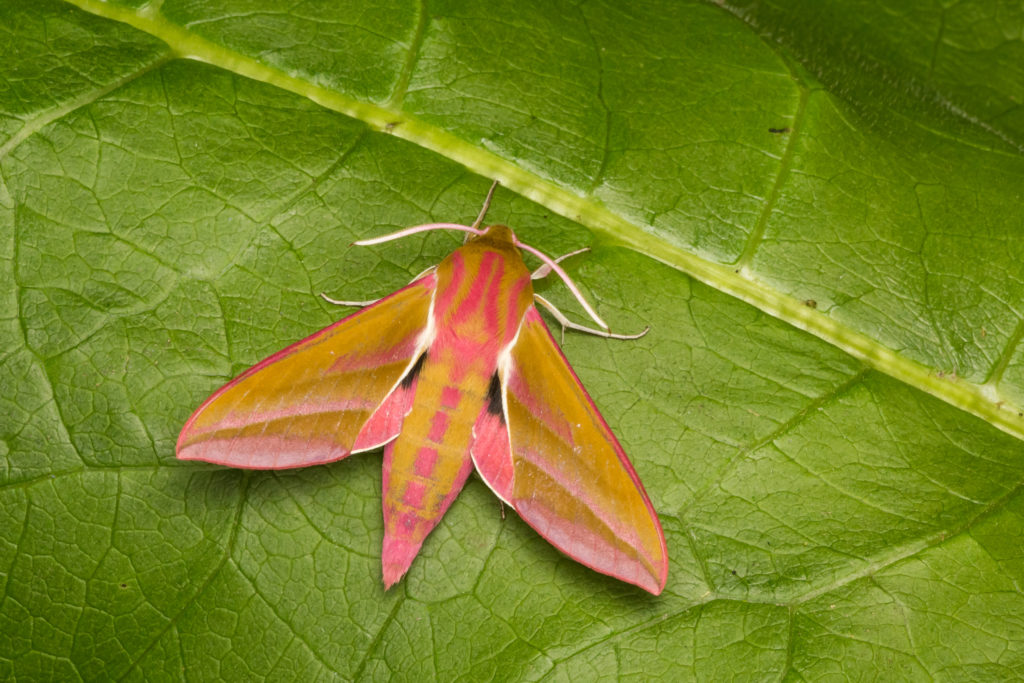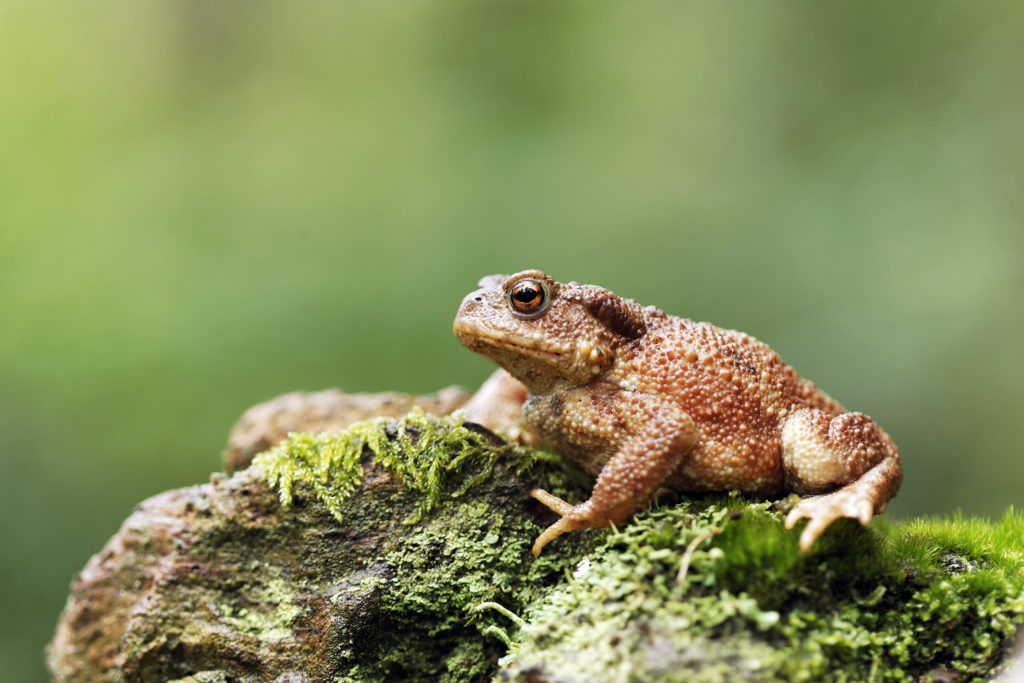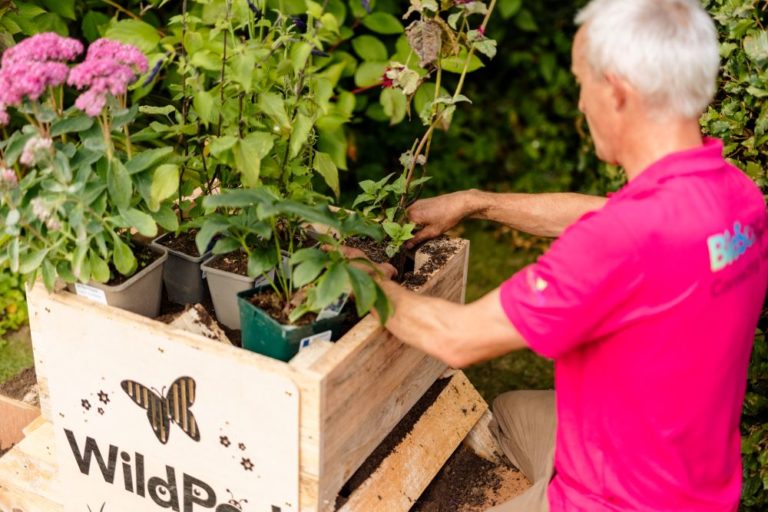You’ll no doubt have heard of the ‘Biodiversity Crisis’, that we are experiencing a massive decline in biodiversity – the sixth mass extinction. But what is biodiversity and why is it important to us?
Biological diversity (shortened to biodiversity) is the variety of life on earth, in all its many forms, from bacteria to blue whales; it includes the communities and ecosystems which bring life together and the myriad of interactions between organisms.
From steamy jungles to parched deserts and from the deepest ocean to mountain peaks, life has found a way to survive in all corners of planet earth. Over the millennia species have evolved to maximise their environment and to exploit new ones.
The result is the mind-boggling array of life we see around us – scientists estimate over 8.7million plants and animals – and yet we have only discovered less than 20% of them.
From the air we breathe to the food we eat, biodiversity is vital for our future and it is the utter richness of life on earth that maintains an environment within which we can thrive. Whether tropical forest, sea grass bed, or wildflower meadow, the plants in these habitats are busily soaking up carbon dioxide and releasing the oxygen we need, back to the atmosphere. We, know that pollinating insects are crucial for most of the food we eat and the tens of thousands of microbes in healthy soil ensure that plants, and those who eat them, have access to essential nutrients. Biodiversity represents a storehouse of benefits for humanity with many, many still to be discovered. Recent discoveries have found that fungi living in sloth fur, for example, could provide cancer cures as well as control of other diseases.
Unfortunately, the current rate of biodiversity loss means we are losing species faster than we are discovering them. We are effectively burning a library without knowing the names or the contents of the books we are losing.
And the figures are alarming. Since the second world war we have lost a staggering 97% of our wonderfully diverse wildflower meadows – a habitat for many of our butterflies, moths, and other invertebrates. In 2019, the UK State of Nature Report found that 41% of UK species have shown a decline in population since 1970. In recent years moth populations have declined by 25%, hedgehogs by 45%, and toads by 68%.


As we damage these ecosystems it makes our homes, businesses and communities more vulnerable. Intensive management of our uplands and removal of tree cover makes our rivers more flashy and likely to cause flooding; more intensive farming methods reduce the soil’s capacity to absorb water so that millions of tonnes of topsoil being washed away in heavy rain; some scientists have even stated that the COVID pandemic is a direct result of the destruction of biodiversity. Ultimately, our own survival on planet earth is unlikely if we continue along this current path.
To give an indication of its monetary value, the services provided by ecosystems are estimated to be worth trillions – at least twice the world’s GDP. Biodiversity loss in Europe alone costs the continent about 3% of its GDP, or €450m (£400m), a year.
We know that getting close to nature will give many benefits in return. The sight of a butterfly, the smell of a wildflower or the song of a bird, lifts our spirits and provides inspiration. Science is showing that immersion in nature will boost physical and mental wellbeing, learning through nature inspires creativity and understanding in both children and adults, and a green, wildlife rich, environment improves communities and brings people together.
No matter how little space you have, you can always make space for wildlife whether that’s in a window box, garden, roof or field. Setting aside an area can support wildlife which would otherwise not survive in busy urban environments or in the countryside. By working to restore biodiversity you can benefit those species which share our environment, doing your bit for the planet.
Author: Terry Smithson BSc in Zoology, MSc in Ecology
Terry is our in-house ecologist. He’s worked in the nature conservation sector for over 25 years and loves all things wildlife especially hoverflies, beetles, mammals and birds. He’s helped design our BioScapes products so they maximise the recovery of wildlife and he’s happy to offer advice to individuals, schools and businesses on how to boost biodiversity.


